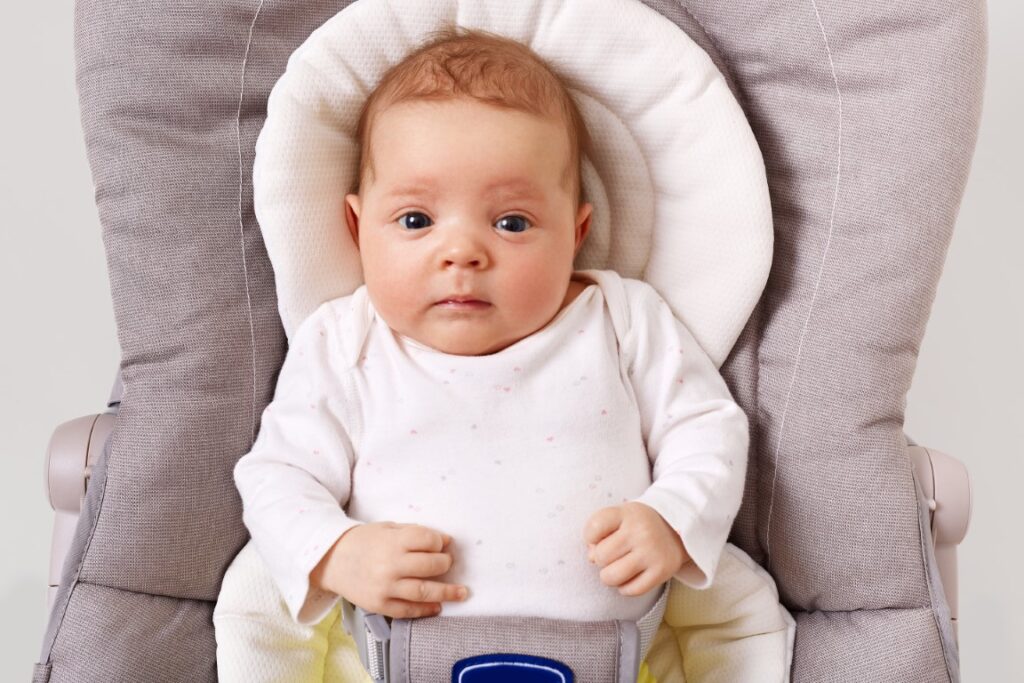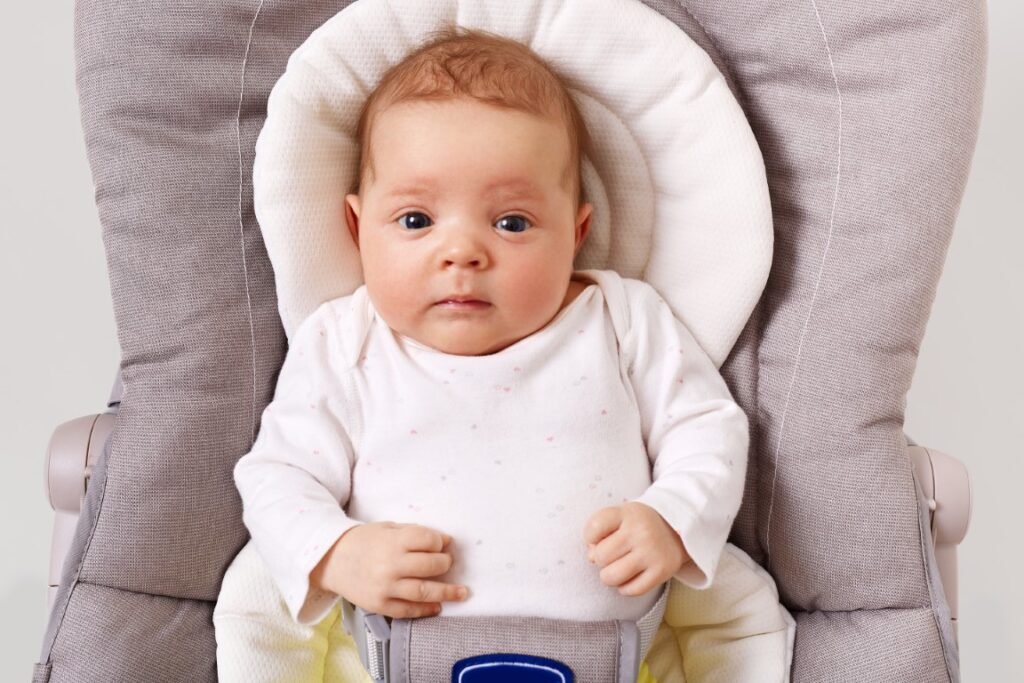In traditional weaning, you start by feeding your baby purees made of fruits, veggies, grains, or a mixture of all these foods. The traditional weaning method starts with purees and then gradually shifts to mashed foods and then towards chopped foods and eventually small bites.
Stages of traditional weaning
Stage 1: There are no specific stages in traditional weaning. However, generally speaking, in traditional weaning, you start by feeding your baby pureed food.
Stage 2: The next stage consists of transitioning to mashed foods that are lumpy and require some sort of chewing effort on your baby’s part.
Stage 3: The next stage consists of offering your baby chopped foods and solids so that they finally start to chew their food.
Benefits of traditional puree based weaning
a. The best part of traditional weaning is that you do not have to worry about your baby getting enough nutrients from their food. Although breastmilk or formula is your baby’s primary source of nutrition until the age of one, certain nutrients are required in greater amounts than can be found in breastmilk or formula. Hence, with traditional weaning, your baby gets all the nutrients that they need to grow.
b. Another major benefit of traditional weaning is that you can easily keep track of your baby’s food intake. This means your baby is not missing out on food.
c. Traditional weaning is also less messy than baby-led weaning. Also, when you wean your baby the old-fashioned way, they get to try a wider range of foods and textures.
d. As babies naturally prefer sweeter foods, they tend to reject and refuse bitter foods or foods with different tastes than regular foods. This is not a problem in traditional weaning, as they are introduced to all kinds of foods before they start rejecting them.
Baby led weaning (BLW)
Baby-led weaning is a method of introducing solid foods to your baby by offering them soft, bite-sized foods that they pick up, play with, and eventually put in their mouth—with their own hands. BLW focuses on letting the baby explore the smell, touch, texture, color, and taste of the food with their own hands. It is an alternate approach to traditional weaning in which the baby is fed purees from a spoon.
In BLW, it is the baby’s choice to eat or reject the food. BLW enables babies to play an active role in family mealtimes as he or she is offered a variety of finger foods (foods that can easily be grasped with the thumb and first finger). These foods are ideally from the family pot; this also helps your baby get acquainted with your family food at a very young age.
Benefits of baby-led weaning
a. Several studies show that baby-led weaning is a great alternative to traditional weaning.
b. Some of the advantages of baby-led weaning include: – time-saving and so easy: you don’t have to cook separate meals for your baby; whatever you eat, they eat.
c. It is also less messy. Not so expensive—baby food is heavy on the pocket. Whereas, offering your baby solid food only means a slight increase in grocery expenses.
d. Babies develop a healthy relationship with food right from the beginning. Hence, no picky eating with baby-led weaning.
e. In baby-led weaning, babies learn to chew first and then swallow. This means that babies can clear whatever food is stuck in their mouth before swallowing habitually.
f. Baby-led weaning helps babies get better at things like hand-eye coordination, pincer grasp, and other motor skills.
g. Likewise, babies learn to self-regulate since they stop whenever they have had their fill. This prevents overeating at an early age.
Right time to proceed with BLW
Up until your baby is 6 months old, breastfeeding meets all of his or her nutritional needs. BLW can be started at 6 months of age or when your baby has mastered sitting on their own for a longer duration without support. We do not recommend baby-led weaning for babies younger than 6 months because they are at a high risk of choking.
Can you offer your baby a mix of baby-led weaning and purees?
A common misconception among parents is that you cannot combine both weaning methods. This is not true at all. You can offer your baby steamed, boiled, or cooked solid foods at mealtimes and feed them purees when they seem hungry or you feel they have eaten barely enough.
Make sure you do not overfeed the child. Force-feeding is a big no, whether you are going with baby-led weaning, traditional weaning, or a combination of both.




























































